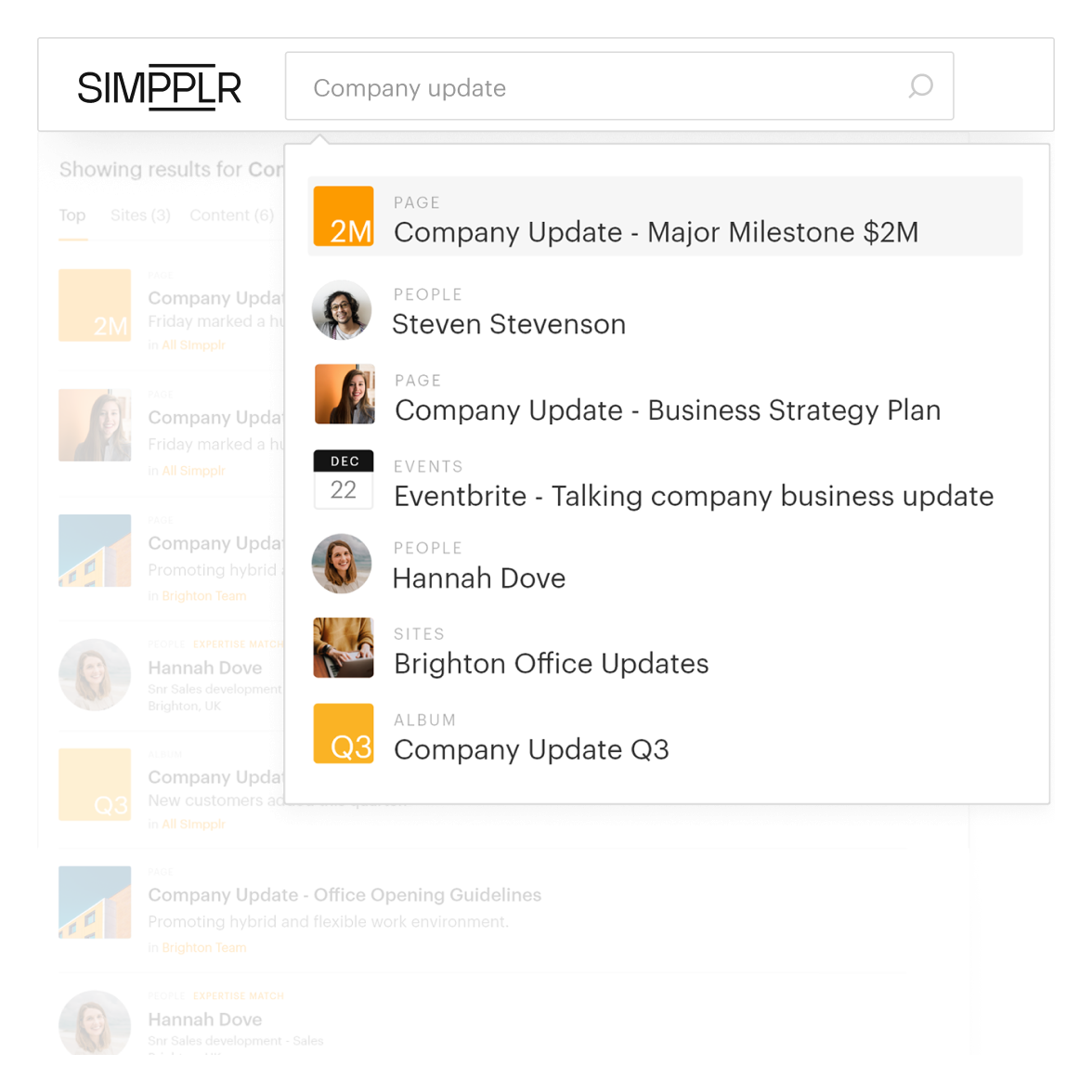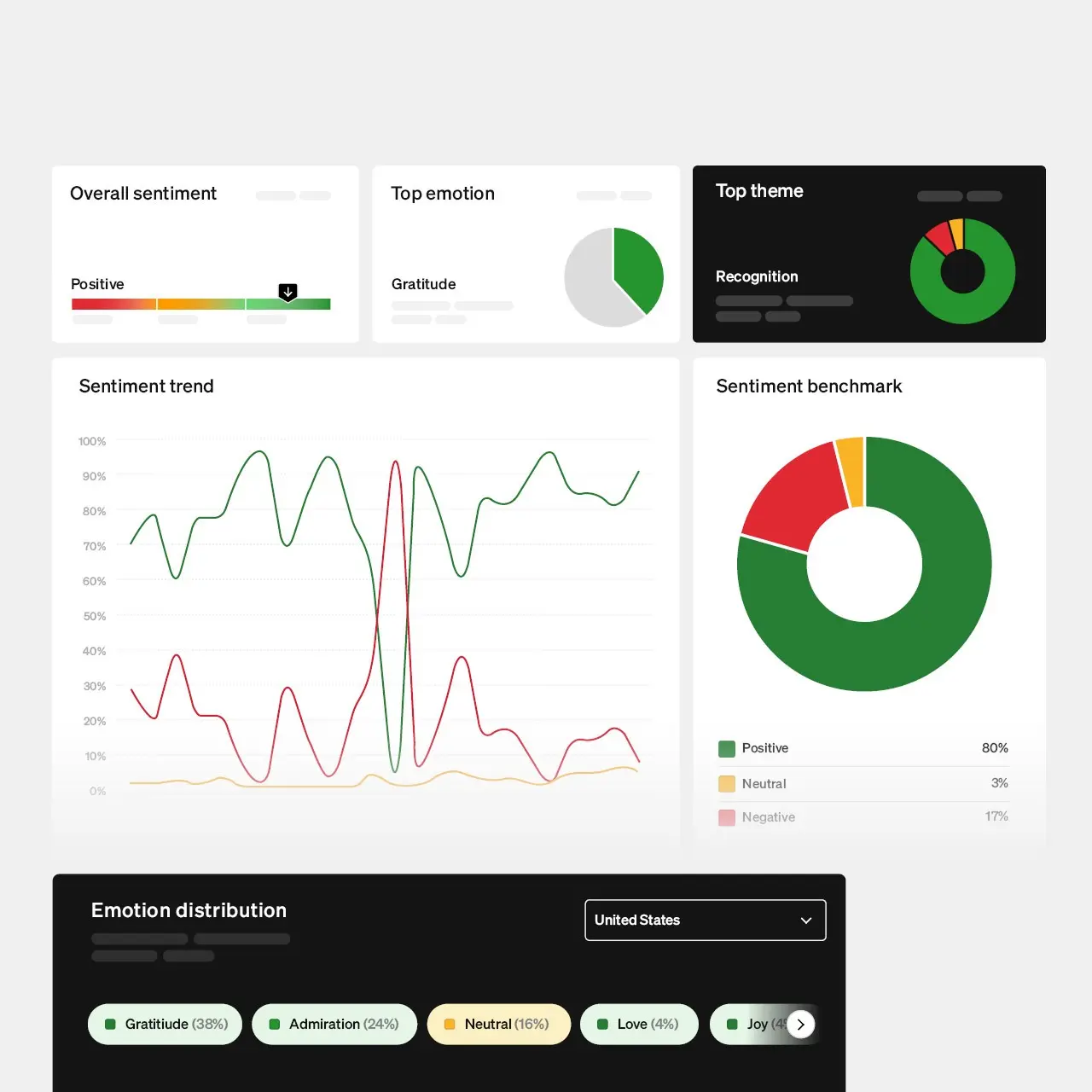Knowledge Base Defined
A knowledge base is an integral part of an organization’s strategy to ensure that its employees get timely answers to their questions, and can resolve issues without spending large amounts of time searching for answers. It is a repository of information about a product, service, or topic. It includes frequently asked questions, troubleshooting guides, how-to guides, and documentation.
What is a Knowledge Base?
Introduction to Knowledge Base
A knowledge base is designed to allow users to find solutions to their problems or answers to their questions without reaching out to customer support. A knowledge base could be aimed at either your customers or your employees (though in this glossary guide, we will focus primarily on how a knowledge base can help your employees).
The primary goal of a knowledge base is to offer users complete, accurate, and useful information. This helps increase employee satisfaction and reduce the workload on your team. Users can search for specific topics, browse through categories, or ask a question directly in the knowledge base. The more comprehensive your knowledge base is, the more issues it can resolve.
Importance of a Knowledge Base
A well-structured knowledge base is a powerful tool that enables employees to help themselves, enabling up your team to focus on more complex issues. A knowledge base can improve employee satisfaction as employees no longer have to spend time searching for answers or waiting for assistance. Instead, they can find the answers they require immediately without significant external assistance.
A knowledge base also provides benefits to businesses by reducing support costs. By enabling employees to find the answers to their questions themselves, it cuts down the time and resources spent on asking and answering repetitive questions, allowing your teams to focus on more pressing and complex matters.
Why is a Knowledge Base Critical for your Business?
Boosts Employee Assistance Efficiency
A knowledge base can significantly aid your support teams’ ability to assist employees. It reduces the number of support requests your team receives, allowing them to focus on solving more complex issues, both for employees and the company at large. This leads to faster resolution times and greater overall efficiency.
Furthermore, a well-maintained knowledge base can serve as a training resource for new support staff. They can use it to familiarize themselves with common issues their team will confront (mainly, common questions that employees ask) and how to resolve them, reducing their training time and improving their ability to assist employees effectively.
Enhances Employee Experience
In today’s fast-paced digital age, employees can rarely afford to spend time waiting for answers to their questions or searching for those answers themselves. To meet the evolving demands of the modern age, employees need a centralized hub of information that is easy to navigate and contains as much information as possible, thus ensuring that they are empowered to find the answers they seek in a timely manner. A knowledge base allows them to find those answers at their convenience, without having to wait for a response from your support team. This will lead to an improved employee experience, resulting in higher employee satisfaction.
How to Establish an Effective Knowledge Base
Determine the Scope of your Knowledge Base
Before you start creating your knowledge base, it is crucial to determine its scope. Think about the topics it will cover, the audience it will serve, and the goals it should achieve. A knowledge base aimed at customers might contain information related to product features, troubleshooting guides, and FAQs, while a knowledge base designed for employees might include company policies, procedures, and training materials.
Understand that the scope of your knowledge base might evolve over time, and that’s okay. As your business grows and your product or service offerings expand, you will need to update your knowledge base to reflect the changes and ensure it remains relevant and useful to users.
Collect and Organize Information
The next step is to collect and organize all the necessary information for your knowledge base. Start with the most common customer queries your support team receives or the most frequently faced issues. Use this information to create comprehensive and easy-to-understand articles or guides.
Organize information in a logical and user-friendly way. Use categories, sub-categories, tags, or keywords to make content easy to find. A well-structured knowledge base will help users find the answers they need quickly and efficiently.
Choose a Suitable Platform
Once you’ve determined the scope of your knowledge base and have collected pertinent information, you need to select a suitable platform. There are numerous knowledge base software solutions available today that can help you create, organize, and manage your knowledge base. Your choice will depend on your particular needs, budget, and technical capabilities. Some platforms provide ready-to-use templates, while others offer customization options.
When choosing a platform, consider aspects such as user-friendliness, search capabilities, analytics, integration with other tools you use, and the availability of support. Ensure the platform you choose is mobile-friendly, as an increasing number of employees are seeking information on their phones or tablets.
Design for Ease of Use
The design of your knowledge base plays a critical role in its effectiveness. It should be easy to navigate and have a simple, clean appearance that makes it user-friendly. The easier it is for your customers or employees to find what they are looking for, the more likely they are to use your knowledge base.
Consider using multimedia such as images, videos, and infographics to make content more engaging and easier to understand. Don’t forget about the search functionality – a robust search bar is a must-have feature for any knowledge base. Simpplr’s federated search ensures your employees get the most relevant search results based on AI-powered recency, search patterns, and group popularity. This way your employees spend less time looking for answers and more time taking action.

Continuously Update and Improve Your Knowledge Base
Monitor User Behavior
It’s important to constantly monitor how users are interacting with your knowledge base. Analyzing user behavior can provide valuable insights into what’s working and what isn’t. Pay attention to things like which articles are most viewed, what search terms are commonly used, whether users are finding the information they’re looking for, and how much time they spend in the knowledge base.
Some knowledge base platforms come with built-in analytics tools that can help you monitor these metrics. You can use these insights to improve your knowledge base, making it even more useful and effective for your users. Simpplr provides AI-powered employee experience insights, measuring sentiment in the moment and breaking down engagement by department, function, and region.

Regularly Update and Enhance Content
Your knowledge base must be a living document that you update and enhance regularly to ensure it remains relevant and up-to-date. As new questions and issues arise, new products or services are launched, or your company policies change, you should update your knowledge base accordingly.
In addition to adding new content, make sure to periodically review and update existing articles. Ensure all information is accurate, links are working, and the content is still relevant. User feedback can be a valuable tool for identifying areas for improvement. Better yet, your knowledge base could have an auto-governance engine that deletes or archive expired content, so you don’t have to.
Upgrade the Knowledge Base with a Modern Intranet
A well-structured and maintained knowledge base can be a powerful tool for improving customer service efficiency, enhancing customer experience, and reducing the cost of customer support in your organization. However, creating an effective knowledge base involves careful planning, continuous monitoring, and regular updating. It’s important to keep the design user-friendly, the content relevant and easy to find, and to choose a platform that meets your organization’s needs.
However, the era of traditional, manual, and often tedious methods of maintaining an internal knowledge base is gradually fading. The modern intranet, powered by advancements in technology and digitization, serves as a more powerful, streamlined, and efficient knowledge base. This new-age knowledge base provides a centralized platform for employees to access, share, and manage organizational information and resources with just a few clicks.
A modern intranet like Simpplr does more than just store documents. It offers a wide array of features like collaboration tools, social networking, advanced search capabilities, customizability and employee experience insights, all in one place. As a result, it elevates the concept of a knowledge base from being a mere repository of information to a dynamic and interactive platform that fosters knowledge sharing and communication in real-time. Thus, embracing the modern intranet as your upgraded knowledge base can lead to more engaged, productive, and informed employees.

Watch a 5-minute demo
See how the Simpplr employee experience platform connects, engages and empowers your workforce.
- #1 Leader in the Gartner Magic Quadrant™
- 90%+ Employee adoption rate







